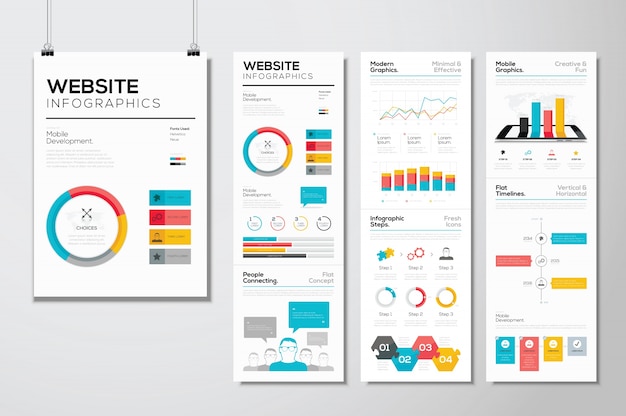The Growth Of Web Design: Then And Now
The Growth Of Web Design: Then And Now
Blog Article
Write-Up Created By-Booker Bojesen
In the past, web sites were straightforward and focused on info. Navigating was direct, and design was for desktops. Currently, user experience is essential. Information overviews layouts for easy navigating. Learn Additional Here match various tools. Today, dark setting reduces stress, and minimalist food selections boost navigation. Interactive functions engage users, and vibrant visuals stand apart. AI integration enhances engagement. See how design has progressed to improve your online trip.
Early Days of Web Design
In the early days of website design, simplicity preponderated. Internet sites were basic, with limited shades, font styles, and layouts. The focus got on providing info instead of fancy visuals. Customers accessed the net with slow-moving dial-up links, so rate and performance were key.
Navigation food selections were straightforward, typically located on top or side of the web page. Websites were designed for computer, as mobile surfing wasn't yet common. Web content was king, and developers prioritized very easy readability over complicated design components.
HTML was the key coding language made use of, and designers had to function within its restrictions. Animations and interactive attributes were minimal compared to today's standards. Websites were static, with little dynamic content or individualized user experiences.
Increase of User-Focused Layout
With the advancement of site design, a shift towards user-focused style concepts has come to be increasingly noticeable. Today, creating web sites that focus on individual experience is vital for involving visitors and accomplishing business objectives. User-focused style involves understanding the needs, preferences, and actions of your target market to customize the website's design, content, and features appropriately.
Designers now conduct detailed research, such as customer studies and use screening, to gather insights and comments directly from customers. This data-driven method assists in producing instinctive navigating, clear calls-to-action, and visually attractive user interfaces that resonate with site visitors. By placing the user at the center of the layout procedure, sites can deliver a more personalized and satisfying experience.
Receptive style has actually additionally emerged as a key facet of user-focused design, ensuring that websites are maximized for different tools and screen sizes. https://www.globenewswire.com/en/news-release/2022/01/12/2365906/0/en/Ruth-Kuttler-is-Changing-the-World-of-Marketing-with-Unique-High-Converting-Digital-Content-Marketing-Strategies.html and usability, accommodating the diverse means users engage with internet sites today. Fundamentally, the rise of user-focused layout signifies a shift towards producing electronic experiences that prioritize the demands and assumptions of the end customer.
Modern Trends in Website Design
Check out the latest patterns shaping web design today. One famous trend is dark setting design, offering a sleek and modern look while decreasing eye stress in low-light environments. One more essential pattern is minimal navigating, simplifying food selections and improving individual experience by focusing on essential elements. Including micro-interactions, such as animated buttons or scrolling effects, can create a more appealing and interactive web site. Responsive style remains crucial, making certain seamless customer experiences across numerous gadgets. In addition, utilizing bold typography and unbalanced formats can include visual passion and accentuate details content.
Incorporating AI modern technology, like chatbots for client support or individualized recommendations, improves individual interaction and enhances processes. Access has additionally end up being a considerable trend, with designers prioritizing comprehensive layout practices to satisfy diverse individual demands. Welcoming sustainability by enhancing website efficiency for speed and efficiency is one more emerging fad in web design. Working together with user comments and information analytics to iterate and boost style continually is essential for remaining appropriate in the ever-evolving digital landscape. By accepting these modern-day trends, you can develop an aesthetically enticing, easy to use website that reverberates with your target market.
Conclusion
As you review the advancement of internet site design from the early days to now, you can see how user-focused style has actually come to be the driving pressure behind modern fads.
Embrace the trip of adjustment and adaptation in website design, constantly maintaining the user experience at the leading edge.
Tippingpointdigital
Stay existing with the latest patterns and modern technologies, and never ever quit evolving your strategy to produce aesthetically stunning and easy to use websites.
Advance, adjust, and produce - the future of web design remains in your hands.
